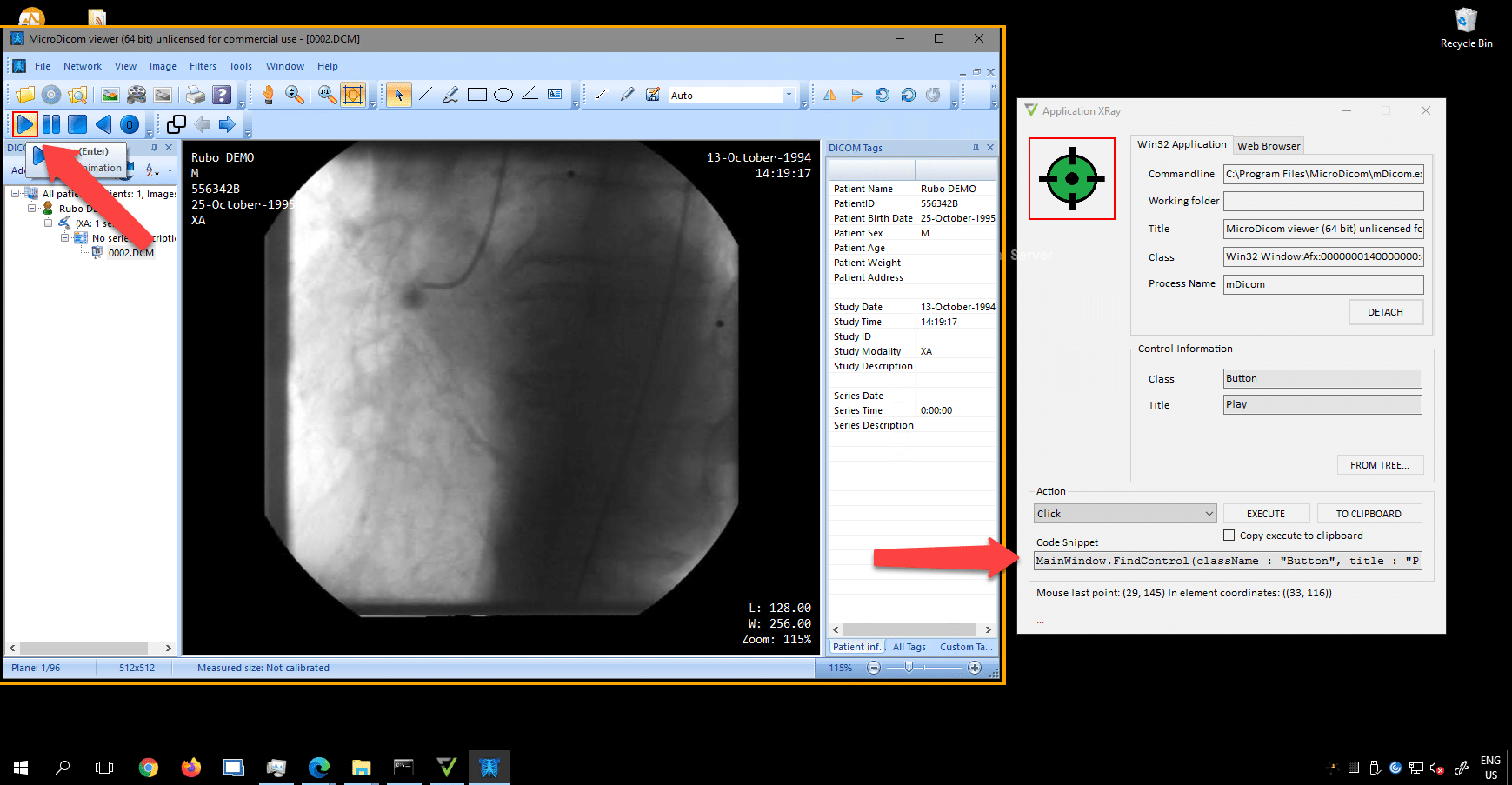Remote Application Performance Testing: Why It’s Time to Call in the Robots
May 29, 2020
As ‘working from home’ has now become the new norm, remote application performance has been put under the spotlight like never before.
As you would expect, I have seen a surge in clients needing to prove their business applications are available and performing well for remote users. Our increased reliance on remote working has highlighted a number of technology issues, especially across the finance sector and public services.
For starters, ‘Bring your own device’ can create compatibility issues. In addition, employees often connect through virtual desktop or application infrastructure, while simultaneously using video streaming collaboration platforms, which can seriously impact speed and bandwidth (not to mention the impact of the kids using the broadband for home-schooling or gaming!).
Another problem for many businesses is that Windows 10 is not fine-tuned for virtualization! Given that a new version of Windows 10 is released every six months, checking that application features still work with each new version becomes crucial – and time-consuming. [1]
What’s more, as software developers move from a waterfall, to agile, to dev-ops development methodologies, the pace of application development is continuing to accelerate. Application testing needs to keep pace and those responsible for application performance are under more pressure than ever.
The solution? Automated application testing.
Introducing Application X-Ray
Checking applications will work across all locations and to all employees sounds simple but to avoid recruiting an already stressed population to manually do this with real users, we have developed a solution that uses synthetic users (or software robots) to mimic real user behavior. For example, lots of robots can test if the applications work at scale; single robots can test if applications are online and available, or if an application still works after changes.
Of course, robots are cute, but they need instructions. This can be off-putting to some businesses, as our clients are not necessarily very technical. To help more businesses access the benefits of automated application testing, Login VSI developed a tool – Application X-Ray – to help you identify the objects on an application and then combine that object with an action.
For example, imagine a button [object], that you would click [action], to send an email.
Or imagine a text box [object] you get in a form, to type into [action].
The Application X-Ray tool generates software code, which can be simply pasted into a script to program the robot users.
The latest version of Application X-Ray now recognizes Regular windows applications (Win32) and Browser applications. This new release takes half the time to of previous versions to develop a script, due to a ‘Copy execute to’ tick box, which captures every single action executed during script development and enables it to be pasted in one single action.
What does this mean for you?
- Minimize the risk of rolling-out tech changes through rigorous testing.
- Faster implementation/adoption of latest technology (features of applications / Windows 10 updates).
- Higher Return on Investment from our Application X-Ray as it covers more than double the type of applications and takes half the time to use than previous versions.
- Avoid brand reputation damage from outages due to poor testing of applications.
If you’d like to find out more, you can view our Basic tutorial and Advanced tutorials for scripting using the Application X-Ray. These let you get familiar with the tool while with a step-by-step guide and embedded videos.
You also get a fast start with our free scripts included with the application X-Ray for Microsoft Office Tools. These can be used as a guide or edited to your specification.
[1] For those willing to move to MS A zure, Windows 10 optimisations are now available via Windows Virtual Desktop.
Application Testing

